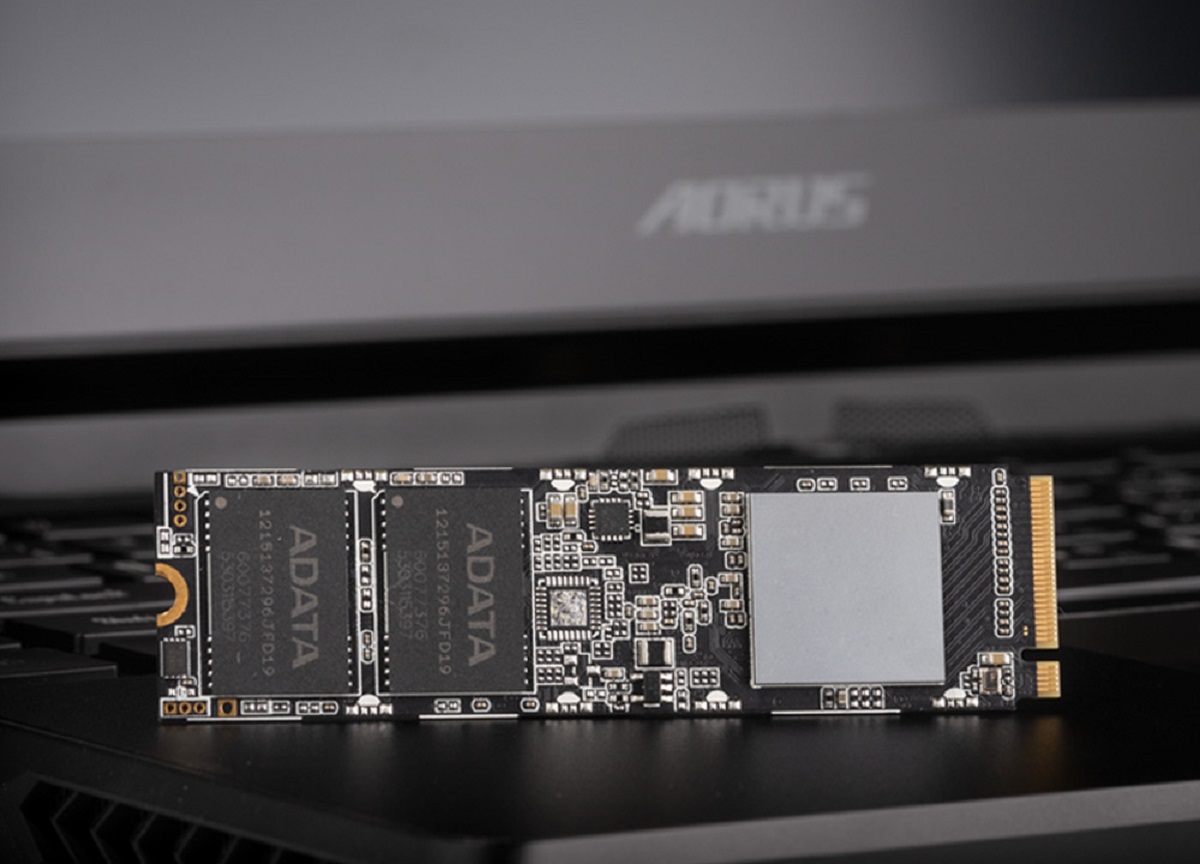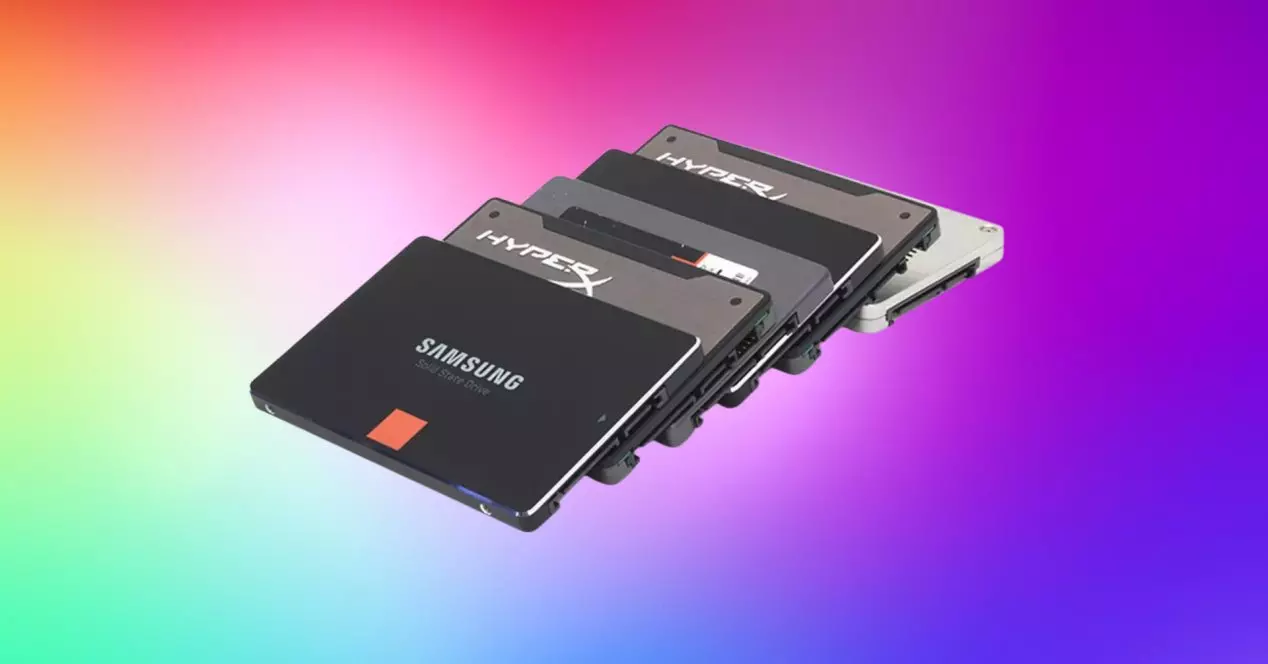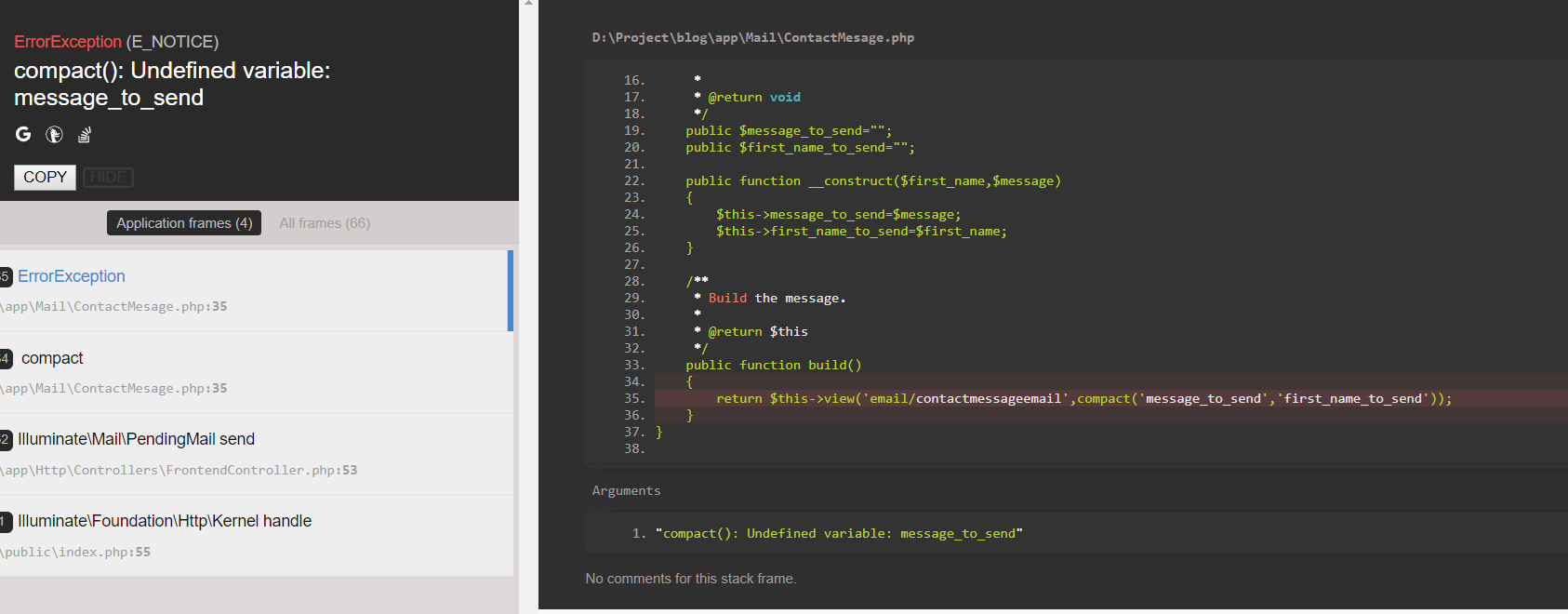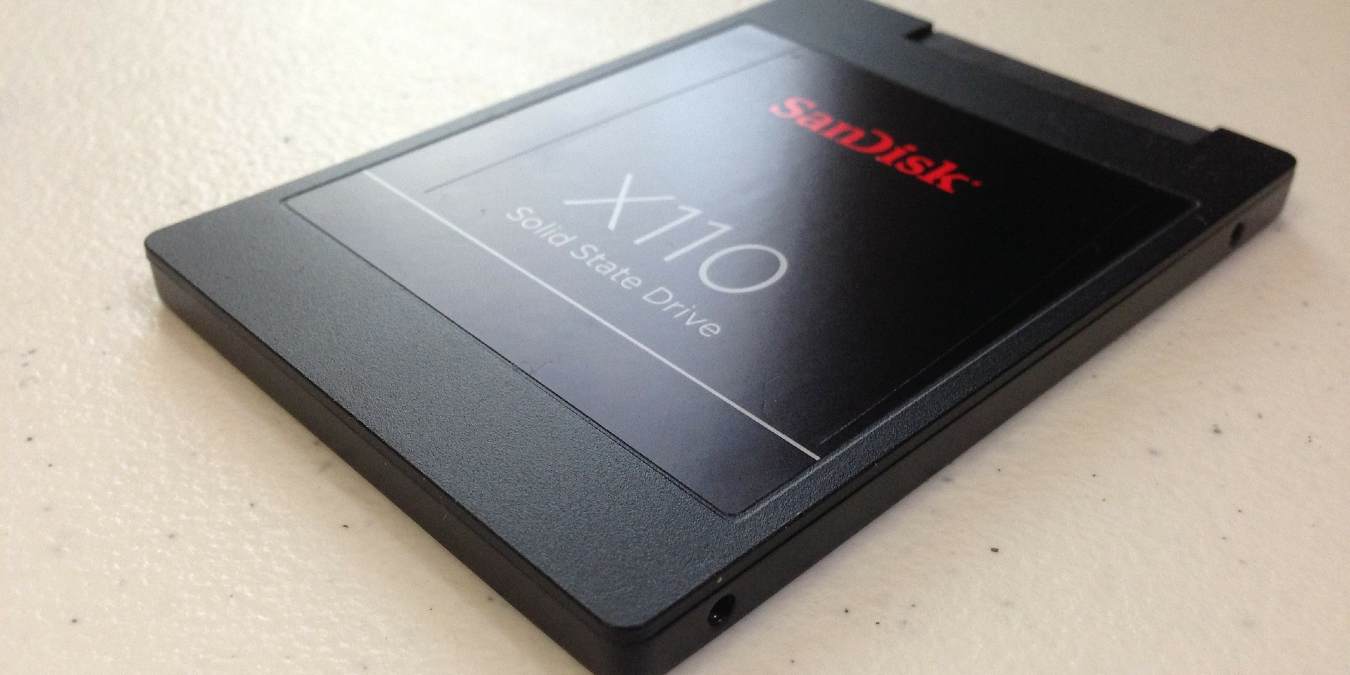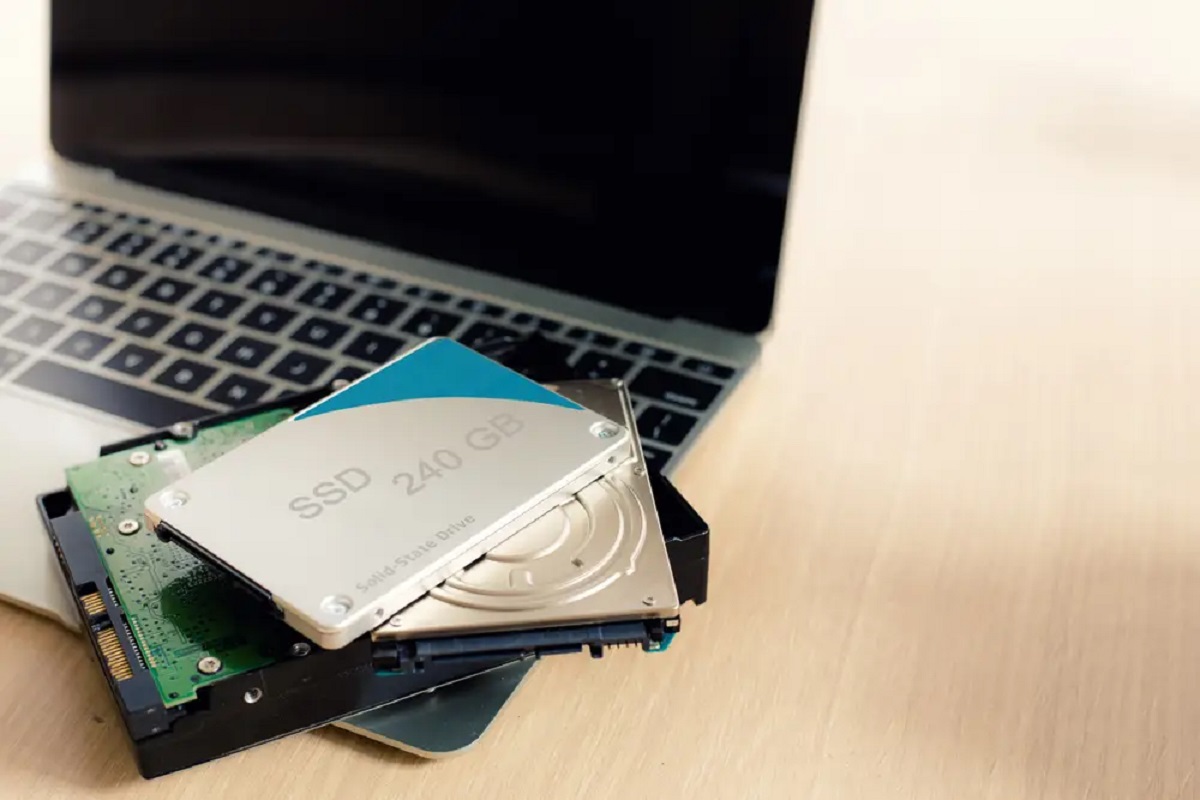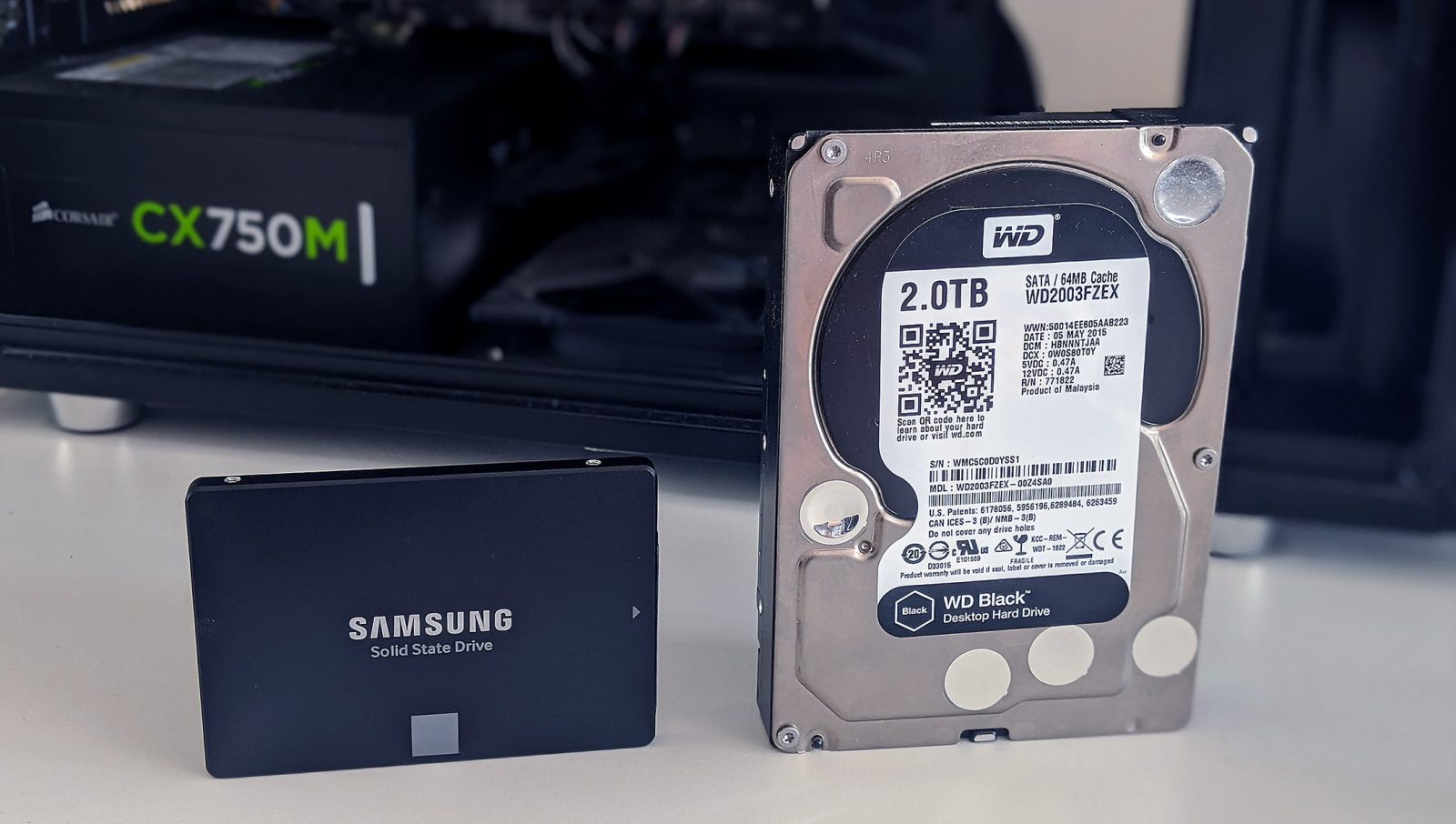Introduction
A solid state drive (SSD) is a storage device that uses flash memory to store data. It is known for its lightning-fast performance, reliability, and durability. However, the speed at which data can be written to an SSD is an important consideration. Write coalescing is a key component that helps optimize the performance of solid state drives.
Write coalescing refers to the process of combining multiple write requests from the computer’s operating system into a single larger write in order to improve efficiency. Instead of writing data in small increments, which can result in unnecessary overhead and increase wear on the SSD, write coalescing consolidates these smaller writes into larger, more efficient writes.
Efficient write coalescing is crucial for maximizing the performance and lifespan of an SSD. By reducing the number of write operations and consolidating them into larger chunks, write coalescing minimizes the time and resources required for write operations. This ultimately leads to faster write speeds, lower latency, and improved overall performance.
In addition to improving performance, write coalescing also helps reduce the wear and tear on the NAND flash memory cells within the SSD. Since flash memory has a finite number of write cycles, minimizing unnecessary write operations can extend the lifespan of the drive.
Now that we understand the importance of write coalescing, let’s take a closer look at the components of a solid state drive and explore which specific components play a role in performing the write coalescing process.
What is write coalescing?
Write coalescing is a technique used in solid state drives (SSDs) to optimize the process of writing data to the drive. It involves combining multiple smaller write requests into larger, more efficient writes. Instead of performing separate write operations for each individual request, write coalescing groups them together to minimize the number of write operations performed.
When data is written to an SSD, it is stored in the NAND flash memory cells. These cells have a limited number of write cycles before they degrade, so it is important to minimize unnecessary write operations to prolong the lifespan of the drive.
Write coalescing works by collecting multiple small write requests and merging them into larger writes. This reduces the overhead involved in each write operation and improves the overall efficiency of the SSD. By consolidating multiple smaller writes into larger chunks, write coalescing reduces the number of write operations performed, which in turn reduces the wear on the flash memory and improves the longevity of the drive.
Write coalescing is particularly beneficial when dealing with small random write operations, which are common in everyday computing tasks. By combining these small random writes into larger sequential writes, write coalescing improves the write performance of the SSD and reduces the time it takes to complete write operations.
Without write coalescing, the SSD would have to perform each write operation separately, resulting in higher overhead and decreased performance. Additionally, frequent small random writes can result in fragmentation, which can further degrade performance. Write coalescing helps to mitigate these issues by optimizing the write process and reducing fragmentation.
Overall, write coalescing is a key technique used in solid state drives to improve performance, reduce wear on the flash memory, and prolong the lifespan of the drive. By combining smaller write requests into larger, more efficient writes, write coalescing enhances the efficiency and speed of the SSD, providing a better user experience.
Why is write coalescing important for solid state drives?
Write coalescing plays a crucial role in optimizing the performance and longevity of solid state drives (SSDs). Here are several reasons why write coalescing is important:
- Improved Performance: By combining multiple smaller write requests into larger writes, write coalescing reduces the number of write operations performed by the SSD. This results in improved performance and faster write speeds, as the drive can efficiently process larger chunks of data instead of performing numerous individual write operations.
- Reduced Overhead: Without write coalescing, the SSD would have to handle each small write request separately. This would result in higher overhead, including additional metadata and management operations for each individual write. With write coalescing, the overhead is significantly reduced as multiple writes are combined into larger, more efficient writes.
- Decreased Wear: NAND flash memory cells, which store data in SSDs, have a finite lifespan and degrade over time with each write operation. By minimizing unnecessary write operations through write coalescing, the wear on the flash memory cells is reduced. This helps to extend the lifespan of the SSD and improve its reliability.
- Optimized for Small Random Writes: In everyday computing tasks, small random writes are common. Without write coalescing, these small writes would burden the SSD with frequent write operations, resulting in increased latency and reduced performance. Write coalescing optimizes the write process by combining small random writes into larger sequential writes, improving the SSD’s ability to handle these types of workloads efficiently.
- Reduced Fragmentation: Frequent small random writes can lead to data fragmentation on the SSD, where files are scattered across different memory cells. This can result in slower read and write speeds. By combining small writes into larger writes, write coalescing helps minimize fragmentation, ensuring that data is stored in a more contiguous manner and improving overall performance.
In summary, write coalescing is essential for solid state drives as it improves performance, reduces overhead, decreases wear on the flash memory cells, optimizes handling of small random writes, and minimizes data fragmentation. By implementing efficient write coalescing techniques, SSDs can deliver high-speed and reliable storage solutions for various applications and workloads.
Overview of solid state drive components
A solid state drive (SSD) is comprised of several key components that work together to store and retrieve data. Understanding these components is essential in order to appreciate the role of write coalescing in optimizing SSD performance. Here’s an overview of the main components:
- NAND Flash Memory: This is the primary storage medium in an SSD. NAND flash memory is non-volatile, meaning it retains data even when power is removed. It is organized into cells that store bits of data using electrical charges.
- Controller: The controller is the brain of the SSD and manages the various operations of the drive. It handles tasks such as data transfer, error correction, wear leveling, and garbage collection. The controller interacts with other components to ensure efficient and reliable operation.
- DRAM Cache: The DRAM cache is a portion of volatile memory used to temporarily store data that is actively being read from or written to the SSD. It acts as a buffer between the controller and NAND flash memory, speeding up data access and improving overall performance.
- Interface: The interface is the connection between the SSD and the computer’s motherboard. Common interfaces include SATA (Serial ATA) and PCIe (Peripheral Component Interconnect Express), with each offering different levels of performance and bandwidth.
- Firmware: The firmware is the software embedded in the SSD’s controller. It provides the necessary instructions and algorithms to manage the drive’s operations, including wear leveling, error correction, and data optimization. Firmware updates can enhance performance and add new functionalities to SSDs.
These components work together in a coordinated manner to store, retrieve, and manage data in an SSD. The controller oversees the data transfer between the flash memory cells and the computer, utilizing the DRAM cache and firmware algorithms to optimize performance and reliability.
Now that we understand the key components of an SSD, let’s continue our exploration to determine which specific component is responsible for performing the crucial process of write coalescing.
Which component performs write coalescing?
Write coalescing is primarily performed by the controller component of a solid state drive (SSD). The controller plays a crucial role in managing data operations and optimizing the overall performance of the drive. One of its key functions is to implement write coalescing algorithms that combine multiple smaller write requests into larger, more efficient writes.
The controller constantly monitors the incoming write requests from the computer’s operating system. It analyzes the data and determines if there are multiple small writes that can be grouped together. If it identifies such write requests, the controller will merge them into a larger write operation before sending the data to the NAND flash memory for storage.
This process of write coalescing helps reduce the number of write operations performed by the SSD. By consolidating multiple small writes into larger writes, the controller minimizes the overhead associated with each write operation, resulting in improved efficiency and faster write speeds.
Furthermore, the controller’s write coalescing algorithms take into consideration various factors such as the size and location of the data blocks, as well as the wear status of the flash memory cells. This ensures that the writes are optimized for performance and longevity, effectively managing the wear-leveling process to distribute write operations evenly across the NAND flash memory.
It is important to note that the efficiency and effectiveness of write coalescing may vary depending on the specific SSD model and its controller design. Different manufacturers may employ different approaches to write coalescing, utilizing proprietary algorithms and techniques to achieve the best possible performance and reliability.
By leveraging the capabilities of the controller, SSDs can efficiently perform write coalescing, enhancing performance, reducing wear on the flash memory cells, and extending the lifespan of the drive.
In the next sections, we will explore the factors that can affect the performance of write coalescing and discuss the benefits and limitations of this important process in solid state drives.
Factors affecting the performance of write coalescing
Several factors can influence the performance and effectiveness of write coalescing in solid state drives (SSDs). Understanding these factors is essential for optimizing the write coalescing process and maximizing the benefits it provides. Here are some key factors that can impact the performance of write coalescing:
- Write Request Size: The size of the write requests from the computer’s operating system can significantly affect write coalescing. Larger write requests can be more easily combined into larger writes, resulting in better performance. However, small and frequent write requests may be more challenging to coalesce efficiently, potentially increasing overhead and decreasing performance.
- Write Intensity: The intensity of write operations being performed on the SSD can impact write coalescing. High write intensity, involving frequent and simultaneous write requests, may lead to increased fragmentation and difficulty in optimizing write coalescing. This can affect both performance and the lifespan of the SSD.
- Workload Patterns: The nature of the workload also plays a role in write coalescing. Workloads with predominantly sequential or large write requests are more suitable for efficient coalescing, as they can be easily grouped together. However, workloads with smaller, random, or intermittent write requests may pose challenges for optimal write coalescing.
- Controller Design and Firmware: The design of the SSD controller and the firmware it utilizes significantly affect write coalescing performance. Different controllers employ varying algorithms and techniques for coalescing writes. Some controllers may have more sophisticated algorithms that can efficiently group together small writes, thereby improving performance.
- Over-Provisioning: Over-provisioning is the reserved space on an SSD that is not visible to the user but is used by the controller for various purposes, including wear leveling and garbage collection. Adequate over-provisioning can help facilitate efficient write coalescing by providing additional space for combining writes and reducing the impact of small, fragmented writes on performance.
It is important to note that the impact of these factors on write coalescing can vary depending on the specific SSD model and the controller’s capabilities. Different SSDs may have varying levels of performance and efficiency in write coalescing due to variations in design, firmware, and controller optimizations.
Optimizing the performance of write coalescing involves a careful balance between these factors, taking into consideration the specific workload and requirements of the SSD. Manufacturers continually refine their SSD designs and controller algorithms to improve write coalescing performance, ensuring efficient utilization of NAND flash memory and delivering optimal performance for various applications and workloads.
In the next section, we will explore the benefits that efficient write coalescing provides to solid state drives.
Benefits of efficient write coalescing
Efficient write coalescing in solid state drives (SSDs) offers several key benefits that contribute to improved performance, longevity, and overall user experience. Here are some of the advantages of efficient write coalescing:
- Enhanced Performance: By combining multiple smaller write requests into larger writes, write coalescing reduces the number of write operations performed by the SSD. This not only minimizes the associated overhead but also improves the overall efficiency of the drive. The consolidation of smaller writes into larger chunks allows for faster write speeds, lower latency, and improved performance.
- Reduced Wear and Tear: Write coalescing minimizes unnecessary write operations, which helps reduce the wear and tear on the NAND flash memory cells within the SSD. By consolidating small writes into larger, more efficient writes, write coalescing reduces the number of write cycles performed by each memory cell, thus extending the lifespan of the drive.
- Optimized Resource Utilization: Efficient write coalescing optimizes the utilization of system resources. By combining multiple small writes into larger writes, it reduces the overall workload on the SSD, freeing up system resources for other tasks. This can result in improved system responsiveness, reduced power consumption, and better performance in multi-tasking scenarios.
- Minimized Fragmentation: Frequent small random writes can lead to data fragmentation on the SSD, which can impact performance. Effective write coalescing minimizes fragmentation by consolidating small writes into larger sequential writes. This ensures that data is stored in a more contiguous manner, improving read and write speeds and reducing the need for additional read-modify-write operations.
- Extended Lifespan: By reducing the number of write operations and minimizing wear on the flash memory cells, efficient write coalescing helps prolong the lifespan of the SSD. This is particularly important for applications with high write intensity, as it mitigates the negative impact of frequent small writes, ensuring the SSD remains reliable and functional for an extended period of time.
Overall, efficient write coalescing optimizes the performance, durability, and resource utilization of solid state drives. By minimizing unnecessary write operations, reducing wear on the flash memory cells, minimizing fragmentation, and extending the lifespan of the drive, efficient write coalescing improves the overall efficiency and reliability of SSD storage solutions.
Limitations of write coalescing in solid state drives
While write coalescing provides numerous benefits to solid state drives (SSDs), it is important to acknowledge its limitations. Understanding these limitations helps to set realistic expectations and optimize SSD performance. Here are some key limitations of write coalescing:
- Latency: Write coalescing requires some amount of processing time to analyze and combine write requests. When there are numerous small write requests or high write intensity, the additional latency introduced by write coalescing can affect the responsiveness of the SSD. While the overall performance improvement outweighs this latency, it is still a factor to consider in certain applications where low latency is critical.
- Workload Patterns: Write coalescing is most effective for workloads with larger, sequential writes. However, in workloads with frequent small random writes or intermittent write patterns, the efficiency of write coalescing can be limited. In these scenarios, it may be challenging to find opportunities to combine small writes into larger chunks, reducing the overall benefits of write coalescing.
- Hardware Limitations: The effectiveness of write coalescing may be influenced by the hardware limitations of the SSD. For example, if the SSD has limited over-provisioning or lacks sufficient DRAM cache, efficient write coalescing may be more challenging due to memory constraints. These hardware limitations can impact the ability to optimize performance and reduce fragmentation.
- Controller Algorithm Efficiency: The efficiency and effectiveness of write coalescing largely depend on the quality and sophistication of the controller’s algorithms. Different SSD models and manufacturers may employ different algorithms, which can impact the performance and effectiveness of write coalescing. Efficient algorithms can identify and merge write requests more effectively, while less optimized algorithms may not achieve optimal performance gains.
- Real-Time Data Writes: Write coalescing is typically performed on a batch basis, consolidating multiple writes together. However, applications that require real-time or immediate data writes may not benefit as much from write coalescing. The delay introduced by analyzing and combining write requests may be undesirable for time-sensitive applications that prioritize immediate data storage.
While these limitations should be considered, it is important to note that write coalescing remains an essential technique for optimizing SSD performance and endurance. Manufacturers continue to refine their SSD designs and controller algorithms to overcome these limitations and further improve the efficiency of write coalescing.
By understanding these limitations and considering workload characteristics and system requirements, users can make informed decisions about maximizing the benefits of write coalescing or identifying alternative strategies that may better suit their specific needs.
Conclusion
Write coalescing is a critical process in solid state drives (SSDs) that optimizes the performance, endurance, and overall efficiency of these storage devices. By combining multiple smaller write requests into larger, more efficient writes, SSDs can achieve faster write speeds, reduced overhead, minimized wear on flash memory cells, and improved resource utilization.
The controller component of an SSD plays a key role in performing write coalescing, analyzing incoming write requests and merging them into larger chunks before storing the data in the NAND flash memory. Factors such as write request size, write intensity, workload patterns, controller design, and over-provisioning can affect the performance and effectiveness of write coalescing.
Efficient write coalescing offers several benefits, including enhanced performance, reduced wear and tear on flash memory cells, optimized resource utilization, minimized fragmentation, and extended lifespan of the SSD. However, write coalescing also has limitations, such as increased latency, limitations in certain workload patterns, hardware constraints, controller algorithm efficiency, and potential challenges with real-time data writes.
Manufacturers continually refine their SSD designs and controller algorithms to overcome these limitations and further enhance the efficiency of write coalescing. As SSD technology continues to evolve, advancements in write coalescing techniques will contribute to even higher performance and reliability in storage solutions.
In conclusion, write coalescing is a vital technique that improves the performance and longevity of solid state drives. It is important to understand its benefits and limitations in order to leverage its advantages effectively. By implementing efficient write coalescing algorithms and considering factors such as workload patterns and system requirements, SSD users can optimize the performance and reliability of their storage devices.







